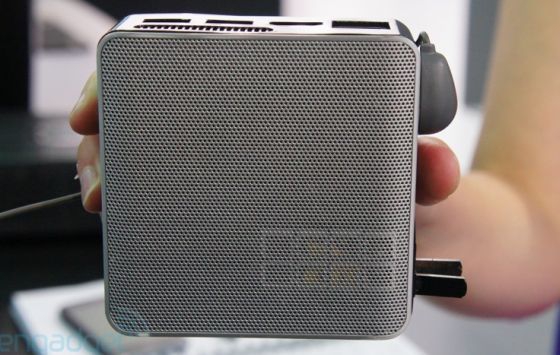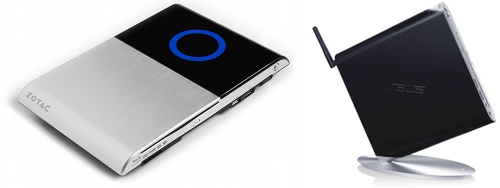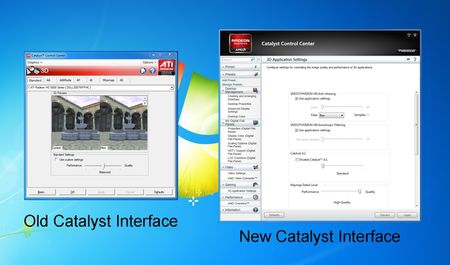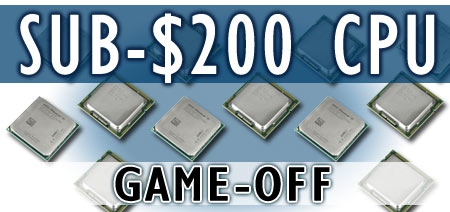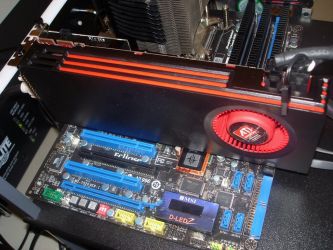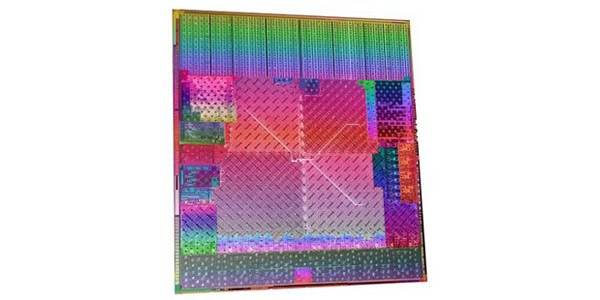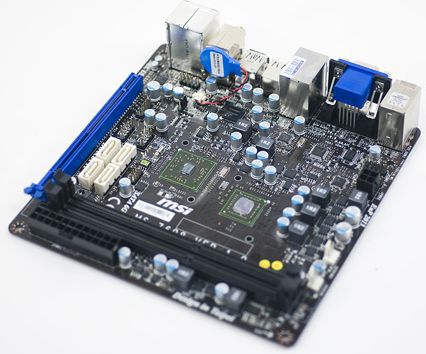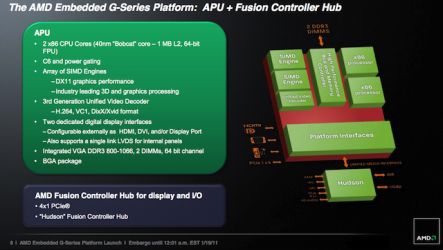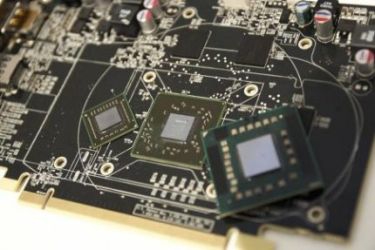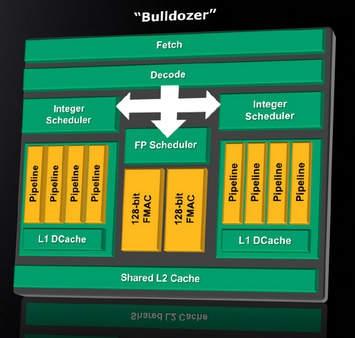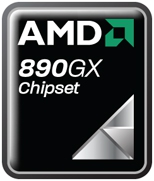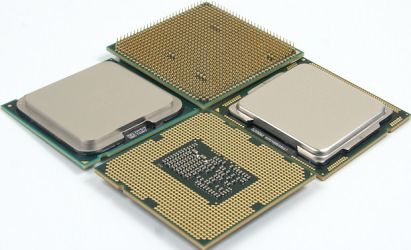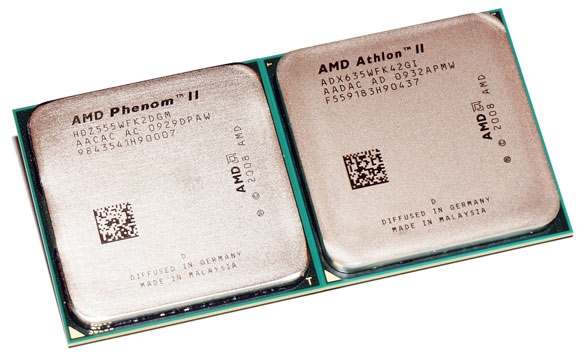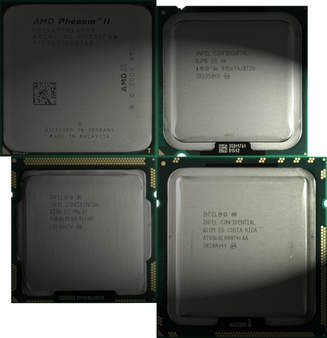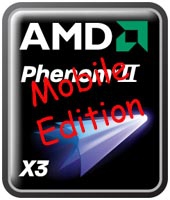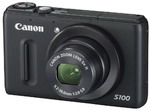Posted by Jason Dunn in "Digital Home Hardware & Accessories" @ 03:49 PM
"Announced today, the Dell Studio XPS 7100 is one of the first desktops available to support the powerful AMD Phenom II X6 six-core processor with AMD Turbo Core technology, as well as available quad-core Athlon II processors, for incredibly fast HD media creation, advanced multimedia capabilities, multi-tasking and immersive 3D gaming experiences. With six-core processor power starting at US$699, the Studio XPS 7100 offers exceptional multitasking performance and features a cutting edge, tilt-back design in premium Carbide Silver color."
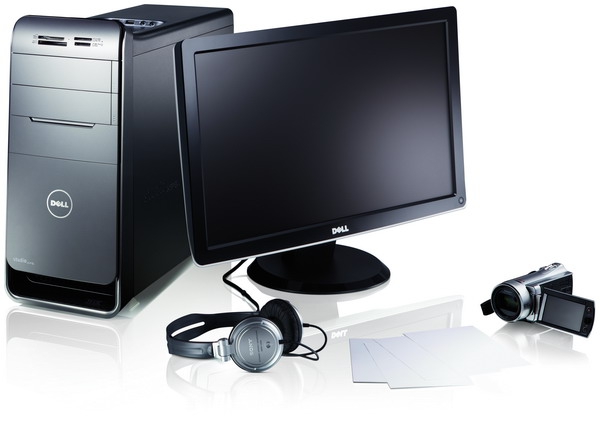
Dell has traditionally been a mostly Intel-focused OEM, with only a few minor products using AMD chips on the consumer side. I've always felt that was a shame, because while I tend to prefer Intel CPUs for performance reasons, there are plenty of products that aren't so performance-focused and using AMD CPUs would allow Dell to sell the products at a slightly lower price. Oh, and because Dell is so Intel-focused, they've tended to offer craptastic Intel integrated graphics when a similarly-priced system from another OEM using AMD chips would typically offer a decent integrated ATI GPU.
This XPS 7100 is a prime example of that lower price model in action; a six-core CPU system starting at $699 US? Wowzers - that's some great pricing! They've added a power supply with some extra headroom (460 watts) so customers can upgrade their graphics down the road, and with up to 16 GB of RAM, and up to 4 TB of storage, this system has some decent headroom. I wonder though, will it sound like a tornado under heavy load? I purchased an XPS system last year and ended up returning it to Dell because whenever I did anything even slightly CPU intensive, it became quite loud. Oh, and I couldn't overclock it at all. How does the Dell Studio XPS 7100 look to you?
